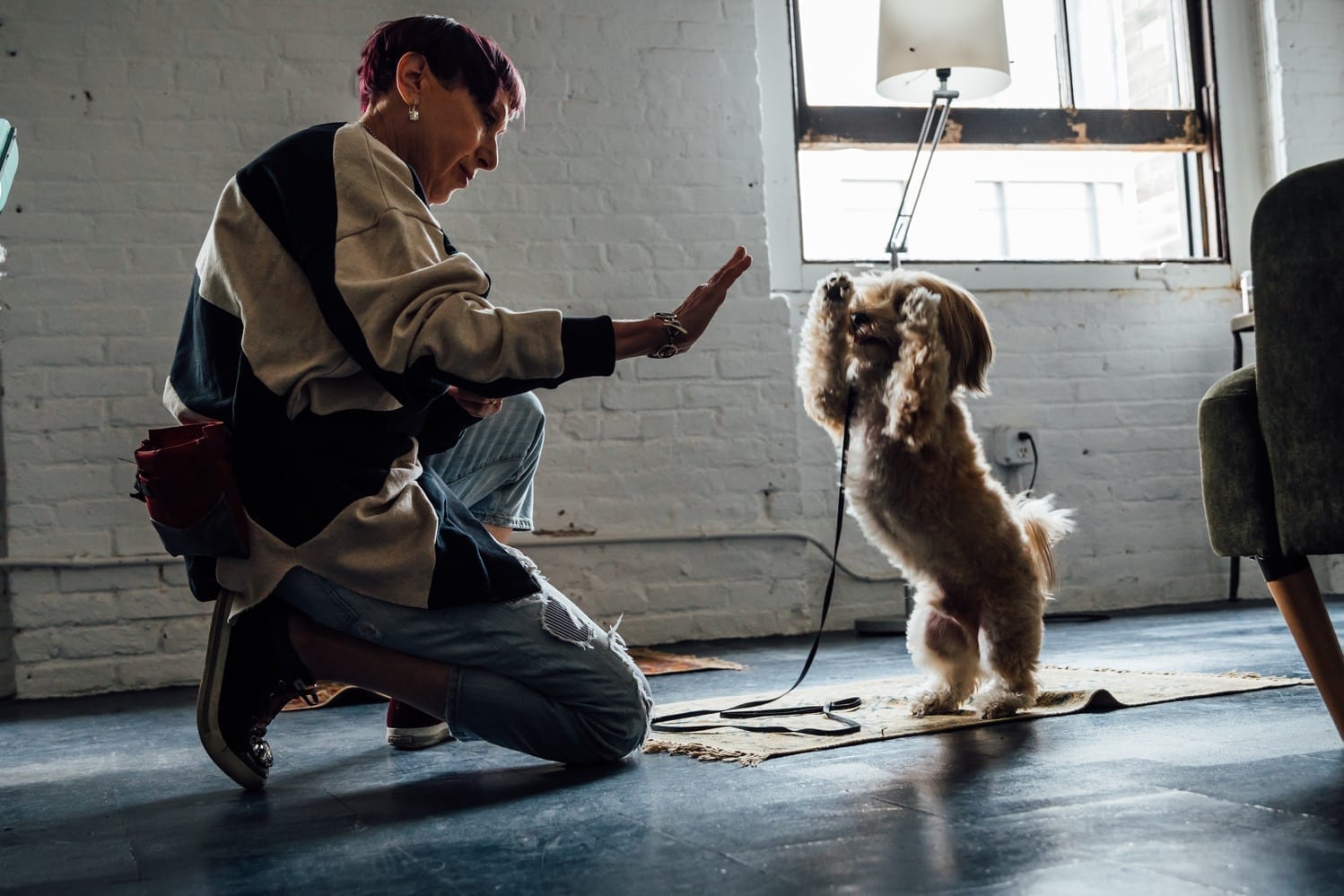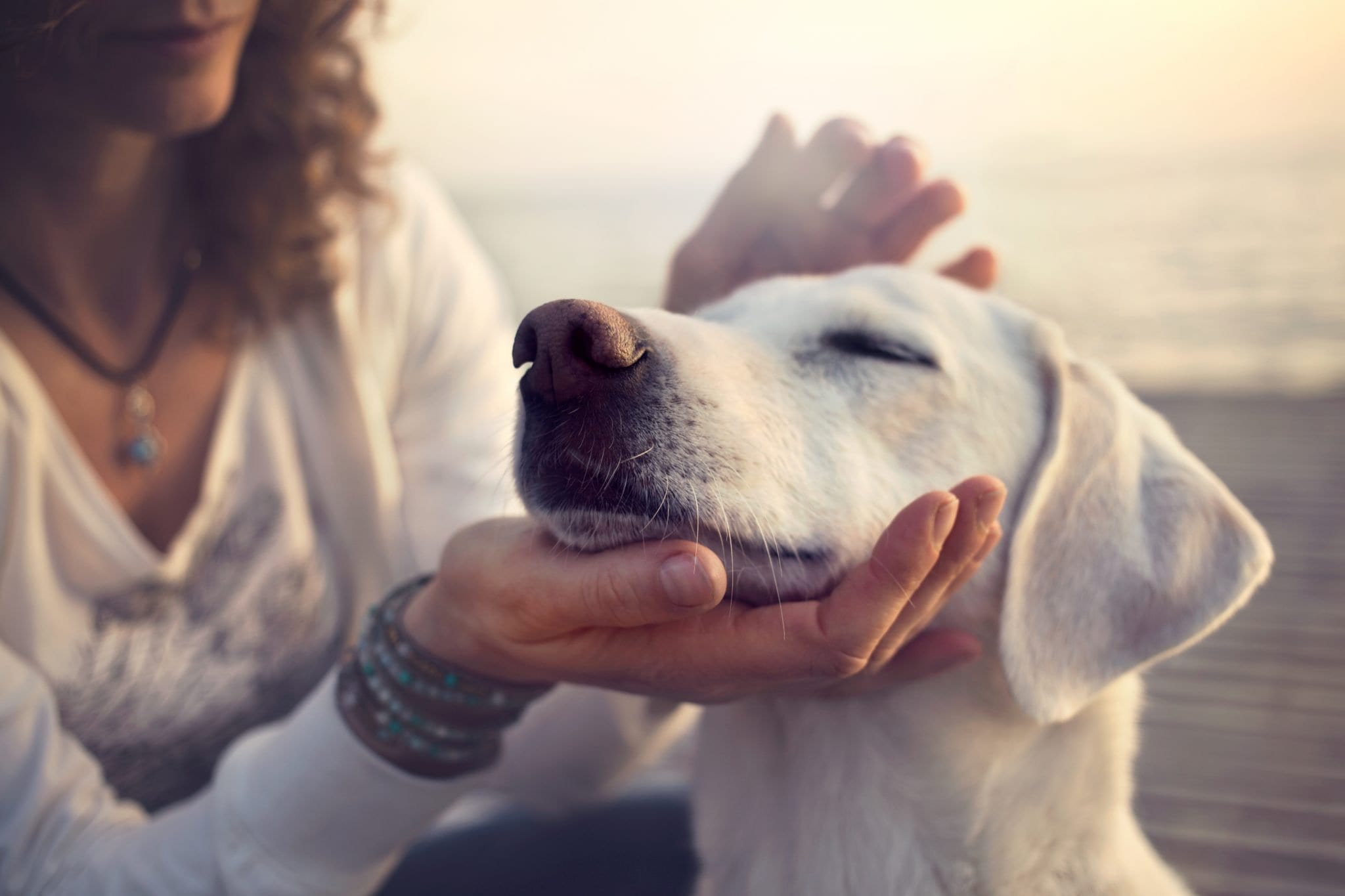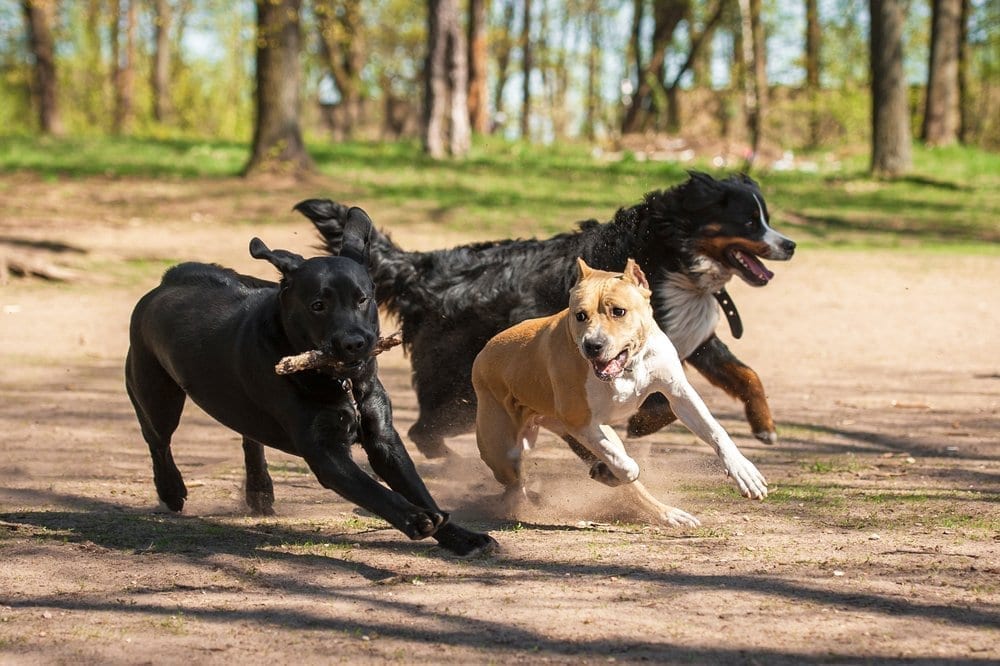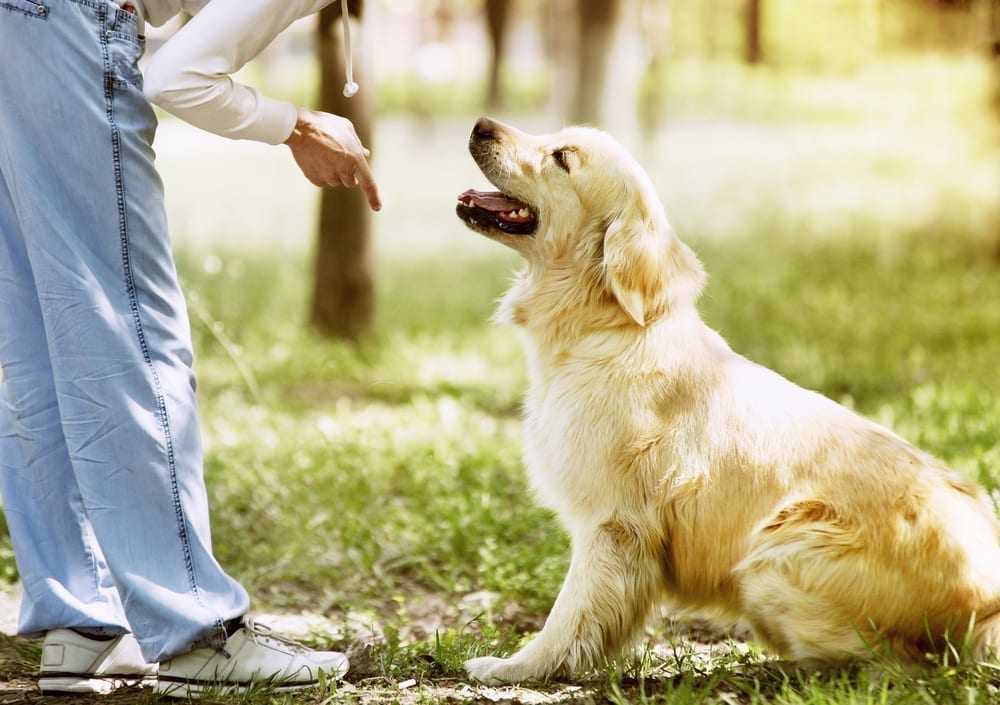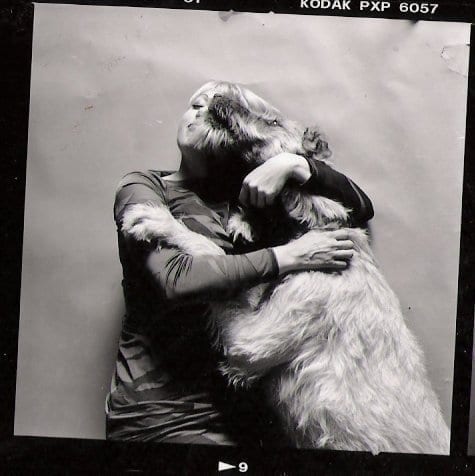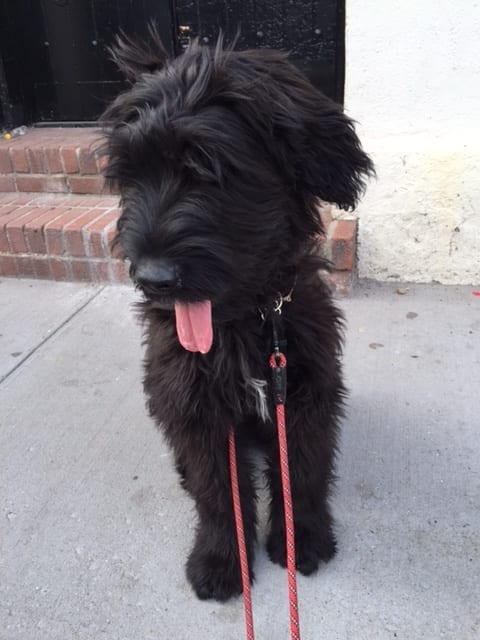Crate training has become some kind of buzz word.
“Oh, are you crate training your new puppy?”
“Are you crate training your dog? Yes, I bought a crate!”
“Yes, we have a crate. We don’t close the door though. I don’t like to lock him in”.
“He screamed when I first put him in the crate: he hates it…so we put the crate away. It’s not working.”
1) It is called “crate training” and not “stuff your dog in the crate and lock him in” for a reason!
2) The door to the crate performs a vital function. If you don’t use the door part you might as well not use it.
In fact: One of the niftiest things about a crate is that it does have a door.
Yes, I admit: Visually the crate looks like a prison. But frankly: so does a baby crib.
But the main purpose of the crib is to keep your baby safe. The same is true for your dog/puppy and the crate.
The purpose of a crate is to provide a safe, temporary confinement for your dog .
Not every puppy or dog will immediately feel comfortable being in the crate. That is where the crate TRAINING part comes in. Your job is to teach your puppy to associate wonderful things with spending time in the crate.
Some people feed their puppies in crates, others leave valuable toys and treats in there so every time the pup checks out the crate something wonderful happens. You can reward the dog for marching in and relaxing in the crate…there are many things that you can do to make the crate fun for the dog.
A word of caution: it is obvious but must be stated that you cannot keep a dog crated for hours on end! If you do not provide mental and physical exercise and take your dog out, play with your dog and give him affection, then the crate does turn into a prison.






